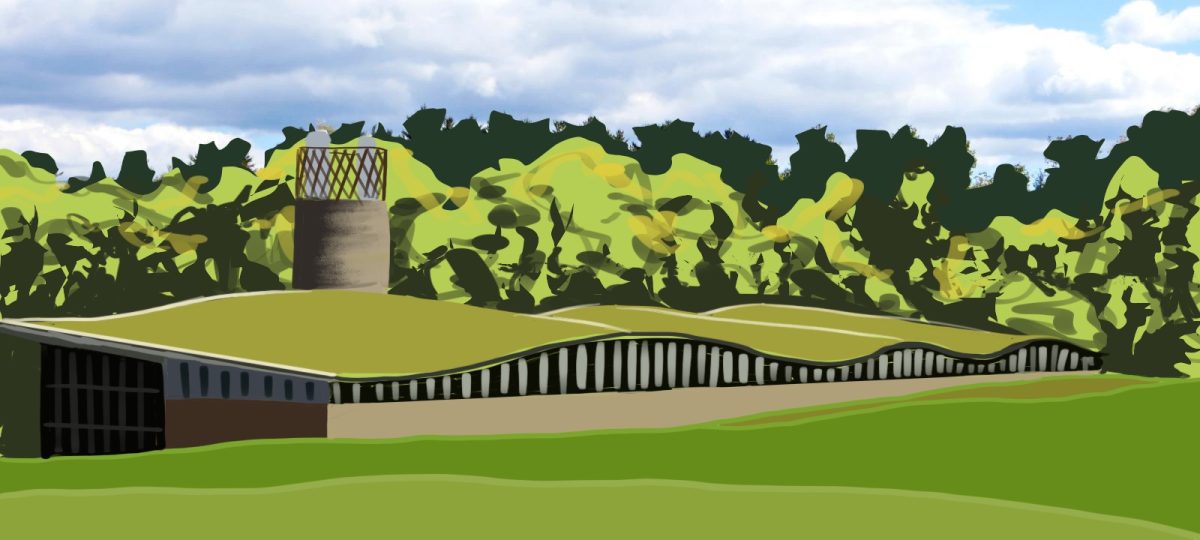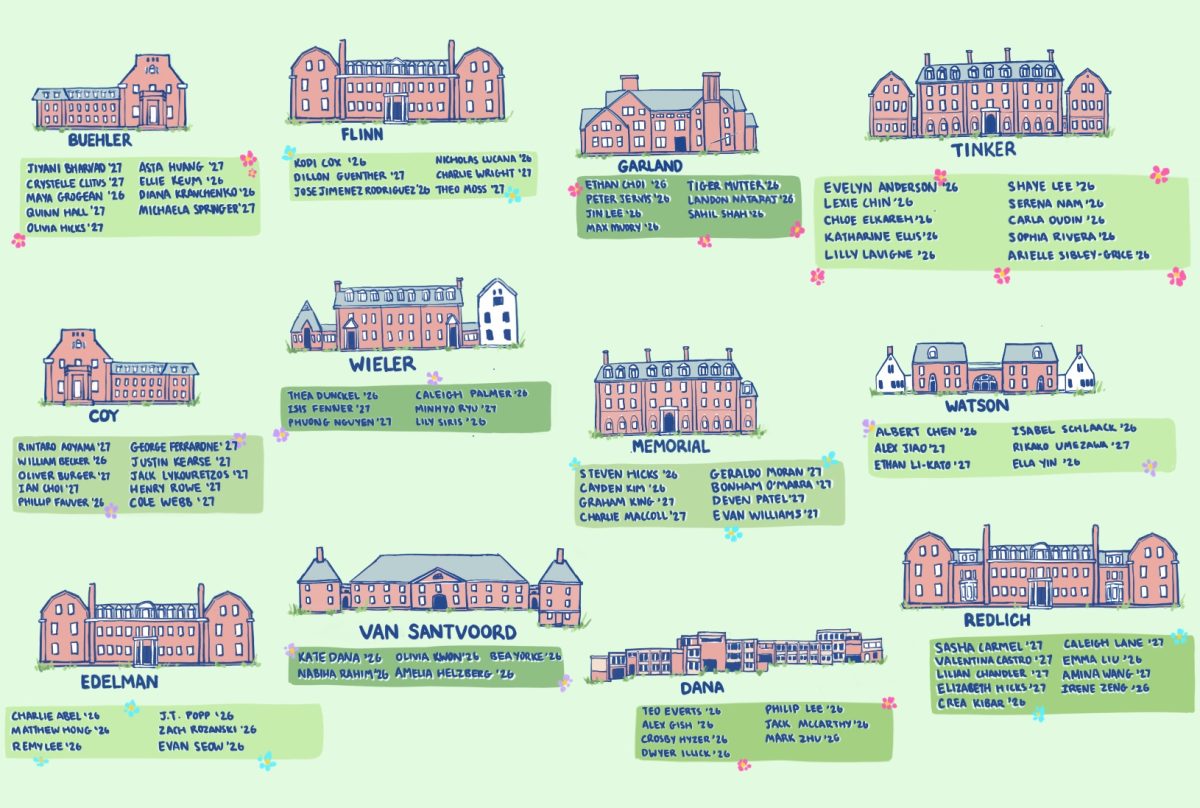The Biomass Facility, the school’s central heating plant, sits just across the road from central campus on Easy Street.
Easily recognizable from its living roof, the plant is representative of the school’s dedication to reducing emissions and supporting the local economy. The facility, which opened in 2012, is one of very few LEED-certified power plants in the United States.
The Biomass Facility generates steam to create heat for warmth and hot water. What makes the plant unique, however, is that instead of burning fossil fuels, the facility burns wood chips, a renewable and biodegradable resource. The 5,000 to 6,000 tons of wood chips burned each season come from within 50 miles of campus, reducing emissions in transportation.
Mr. Joshua Hahn, director of strategic initiatives, notes that using biomass (the technical term for wood chips) also helps protect natural habitats in the local community. He said, “There are many studies that show that the use of biomass helps preserve open space, because land owners can make an income on the land without subdividing it and selling it for housing lots.”
The facility was also designed to minimize light pollution, which disrupts wildlife. Mr. Hahn said, “The facility is energy efficient when the lights are on, but you’ll notice that compared to most buildings, there are very few lights on at night. It helps with our goal of limiting light pollution from the school and protecting the rural character of the area.”
According to Mr. Hahn, since its completion, the facility saves the school $500,000 annually. It has more than recovered the school’s original investment.
The facility has received multiple awards, including the American Architecture Award and the Connecticut Green Building Council Alexion Award of Excellence. When offline during warmer months, the facility provides work spaces for the schools’ engineers, electricians, and plumbers.
Several of the school’s faculty use the space for a variety of curricular initiatives. The facility is also set up for tours. Mr. Hahn welcomes students to visit the facility and learn more about the ins and outs of the plant.






